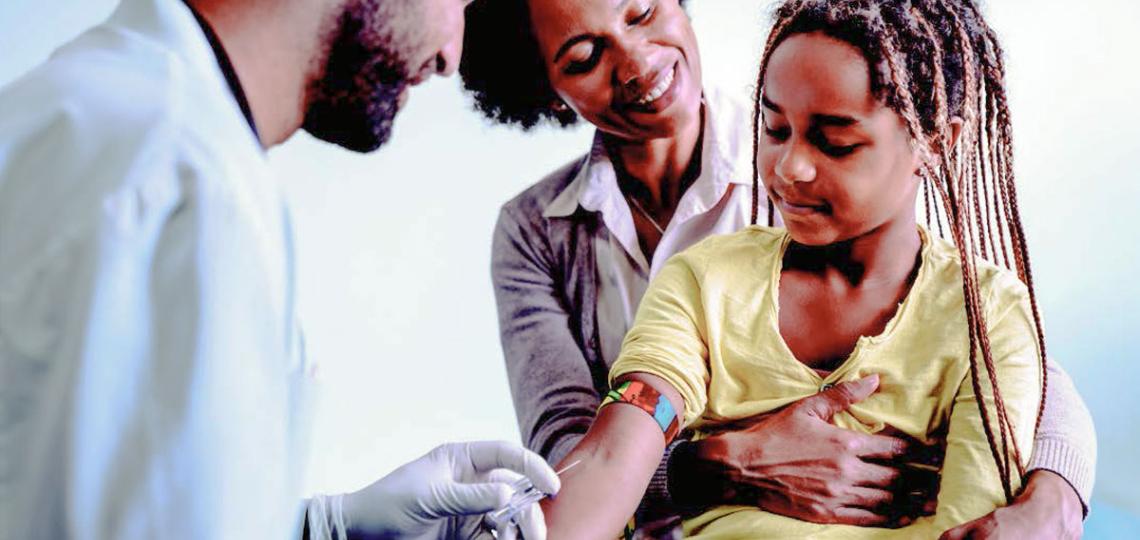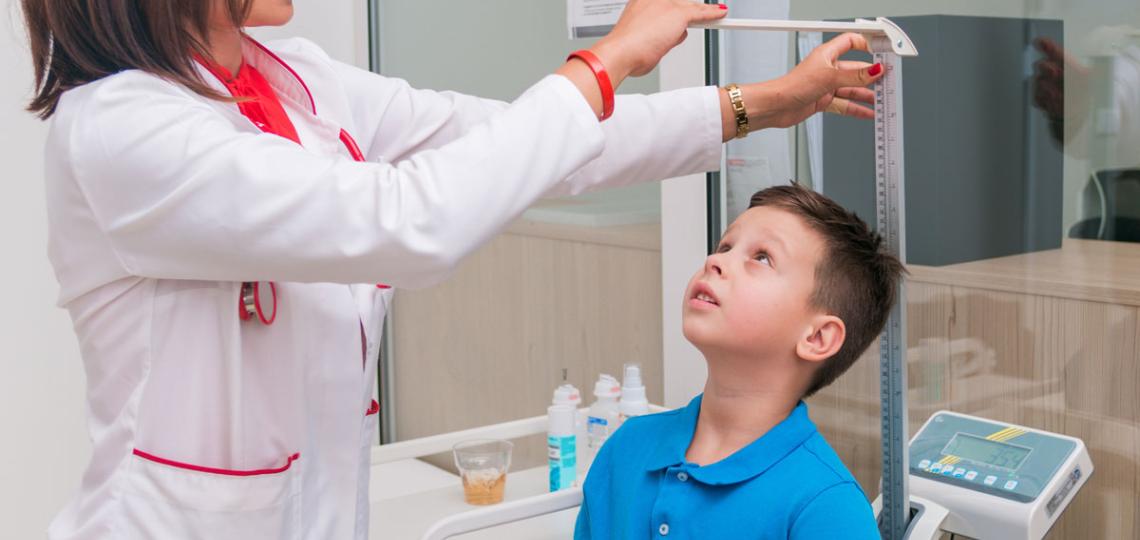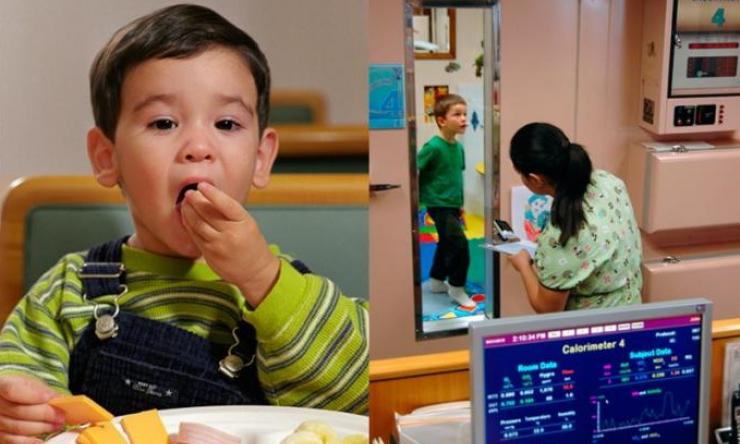Researchers at the USDA/ARS Children’s Nutrition Center (CNRC) at Baylor College of Medicine, along with scientists and engineers at Rice University, have developed a novel tool to measure how much time children spend watching television. Known as FLASH TV 3.0— the tool uses advanced machine learning, a series of computerized calculations that pick out patterns in information— to passively monitor screen time in children aged 5 to 12. It was developed with funding from the National Institute of Diabetes and Digestive and Kidney Diseases (NIDDK) to explore whether TV-watching is linked to children’s development, growth or physical and mental health outcomes.
FLASH TV 3.0, which looks similar to camera attachments used on computers, can identify when a child is in front of a TV and can differentiate that child from others. When the TV set is on, video data is collected and shared with a computer processor within the FLASH system. The images then go through three steps.
“Our machine-learning procedures first identify if there are any faces in front of the television. Then, it checks to see if those faces match the child we are studying, and last, it tracks to see if the child is actually watching the television or doing something else in the room,” said Dr. Teresia O’Connor, professor and associate director for human sciences at the CNRC.
Researchers found some variability; FLASH TV 3.0 worked better for some children than others. Because it uses facial recognition, it relies on algorithms that are similar to many other facial recognition software packages. Some algorithms do not work as accurately with facial features as others.
“We found that while it worked on the vast majority, there was more variability in how well it worked among Black or African-American children,” said O’Connor. “We would like to continue to work on improving that. We tried to minimize this difference in performance as much as possible by using newer algorithms developed to specifically address this challenge.”
After studying the children, parents received a detailed report of their child’s screen use. For some families, the results validate what they already suspected; for others, the data offered new insights. “Some parents are very aware of what their child is doing in terms of screens. Others may be less aware, and this provides them a snapshot of what their kids were doing during the study period,” O’Connor said.
Currently, FLASH TV 3.0 is being used to study the association of TV-watching on young children’s development and growth through another NIH-funded study. To participate in this study, visit bcm.edu/healthcare/clinical-trials/h-52282.
As technology becomes more integrated into everyday life, tools like FLASH TV 3.0 may play a crucial role in helping families and healthcare providers better understand how screen time affects childhood development. By addressing current limitations and ensuring accuracy in measurement, O’Connor and her team hope to inform interventions that will help parents guide their young children to use screens in a way that supports their healthy development.
By Taylor Barnes, senior communications associate at Baylor College of Medicine














